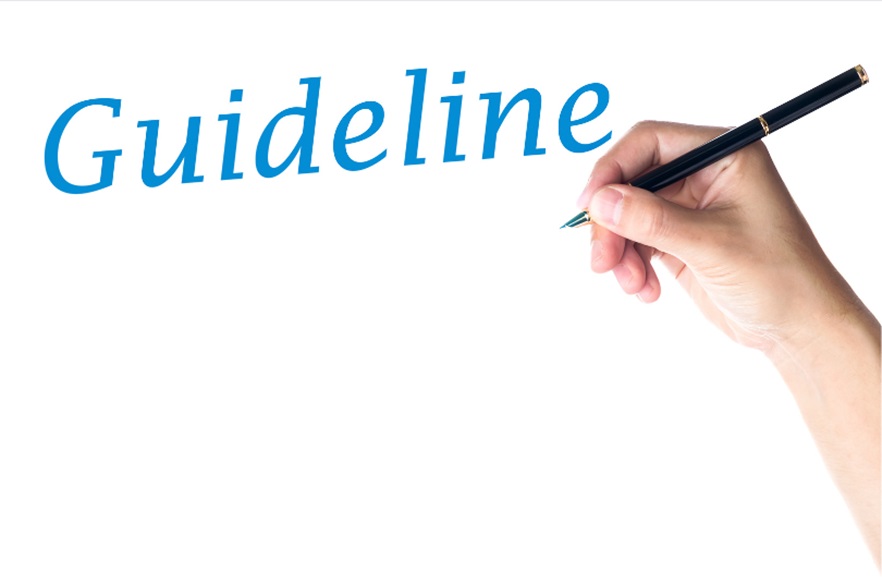Proper tree maintenance is essential for the health and appearance of your yard or garden. One of the critical aspects of maintaining trees is tree pruning. In this article, we will explore the principles and practices for effective tree pruning that will help keep your trees looking great and growing strong.
Why is Tree Pruning Important?
Tree pruning plays a vital role in a tree’s life cycle, as it promotes growth, improves overall health, and helps maintain its aesthetics. Proper pruning reduces the risk of falling branches, increasing safety for those nearby the tree. Additionally, pruning enables better air circulation and sunlight penetration, enhancing your trees’ overall condition.
Principles of Pruning
Here are some primary principles to keep in mind when it comes to tree pruning:
- Identify the Purpose: Before you start pruning a tree, determine the main goal behind it. Are you looking to improve its appearance or focus on its health? Understanding the purpose will guide you in making the right decisions throughout the process.
- Know the Right Time to Prune: The ideal time for pruning depends on the tree species and the purpose of pruning. In general, it’s recommended to prune during the dormancy period for most trees, which typically occurs in late winter or early spring.
- Work with a Plan: Create a systematic plan for the pruning process, considering factors such as tree species, age, and location. This ensures a more efficient and effective outcome, avoiding any unnecessary damage to the tree.
Best Practices for Tree Pruning
- Remove Dead, Diseased, or Damaged Branches: The first step in any pruning process is to identify and remove any branches that are dead, diseased, or damaged. Dead or diseased branches can pose a threat to the overall health of the tree, and damaged branches risk breaking and causing injury.
- Prune for Structure and Shape: After removing dead and damaged branches, focus on shaping the tree by removing any crossing, rubbing, or competing branches. Eliminate branches that detract from the tree’s natural form, paying attention to its overall shape and symmetry.
- Maintain a Central Leader: For most tree species, it’s essential to maintain a central leader, which is the primary vertical branch that grows straight from the trunk. This helps establish a strong structure and growth pattern for the tree.
- Pruning Cuts: When making cuts, always use sharp tools appropriate for the branch’s size. Make clean, angled cuts close to the branch collar without leaving a stub or damaging the collar.
- Limit the Amount of Pruning: Over-pruning can be detrimental to a tree’s health. As a general rule, never remove more than 25% of a tree’s live crown during a pruning session. When in doubt, it’s always best to hire a professional for tree pruning in Cumming who can provide expert advice appropriate to your tree’s needs.
To Conclude
Keep these principles and best practices in mind the next time you decide to tackle them. Proper tree pruning not only helps maintain the health and appearance of your trees but also creates a safer environment in your yard or garden. However, it’s important to remember the importance of only pruning when necessary and doing so correctly.





